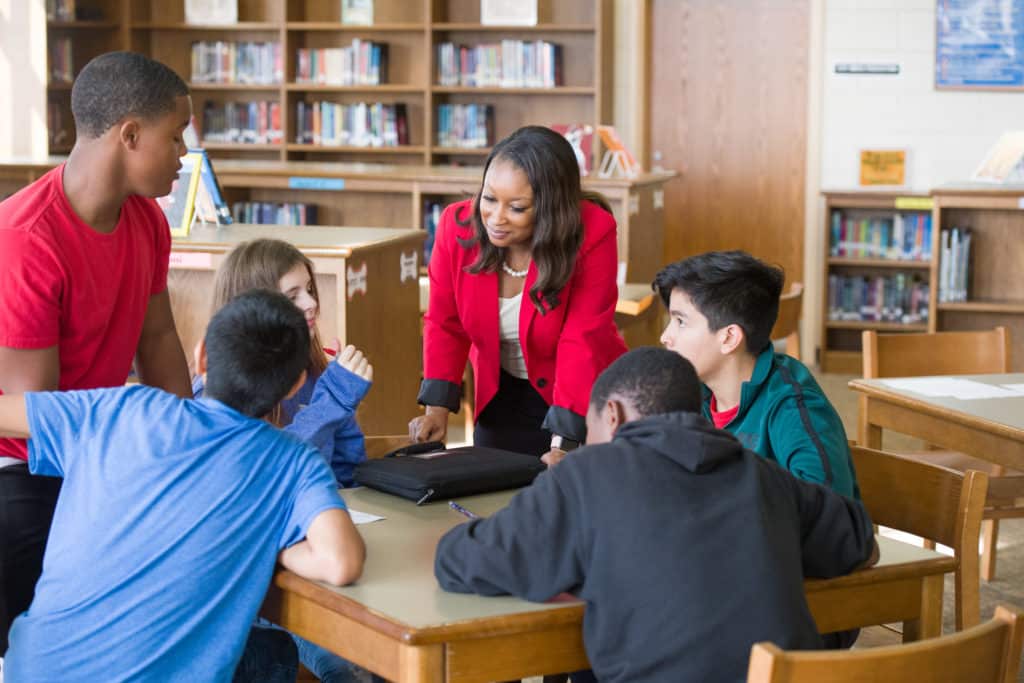
As educators, we all want to help our students develop valuable lifelong skills, including the ability to think critically about their own work, truly know themselves and their learning styles, reflect on their individual strengths and challenges, and measure their progress toward goals. We want our students to become autonomous learners who take responsibility for their own learning. We want to help our students develop a growth mindset and build resilience. And we want this to happen with every lesson we teach!
How do we do this? We can use open-ended questions and structured reflection to support our students’ ability to reflect on academic and social-emotional growth.
Open-ended questions can stretch students’ thinking and prompt reflective contemplation because, crucially, they have no one right or wrong answer; any reasoned and relevant response is acceptable. This key characteristic promotes engagement, encourages self-awareness, and nurtures a sense of community among classmates.
Open-ended questions also prompt students to build on what they already know as a way of exploring new content, which supports the natural way children learn. For this reason, they work well in many situations, such as when introducing a lesson, when coaching a student as they work, or when closing a lesson. They are a powerful way to help students synthesize new information, think critically about their work, and identify new directions in learning.
| Reflective Open-Ended Questions | |
|---|---|
| Objective | Example Questions |
| Help students focus on social-emotional learning | |
| Help students become more aware of how they learn | |
| Help students take more responsibility for their learning | |
| Help students see growth in their learning | |
Another strategy we can embed into our lessons to support reflection is the use of specific structures that engage students in thinking about the learning that has occurred. For each structure chosen, we must be intentional in aligning the structure to the goal, developmental needs of students, and the current mood of the class. Through the skillful implementation of structures that support reflection, our students will develop speaking and listening skills, metacognition, and a deeper interaction with the content they learned.
| Example Structures | |
|---|---|
| Silent Reflection | |
| Partner and Small Group Reflection | |
| Whole Group Reflection | |
By adding in structured reflection and the use of open-ended questions, you’ll see your students strengthen their ability to think critically about their learning. With time, these practices will be embedded into every lesson, and you’ll see your students develop the abilities to examine their own work, know themselves as learners, and better set personal goals.
Kerry O’Grady is a Responsive Classroom Consulting Teacher.